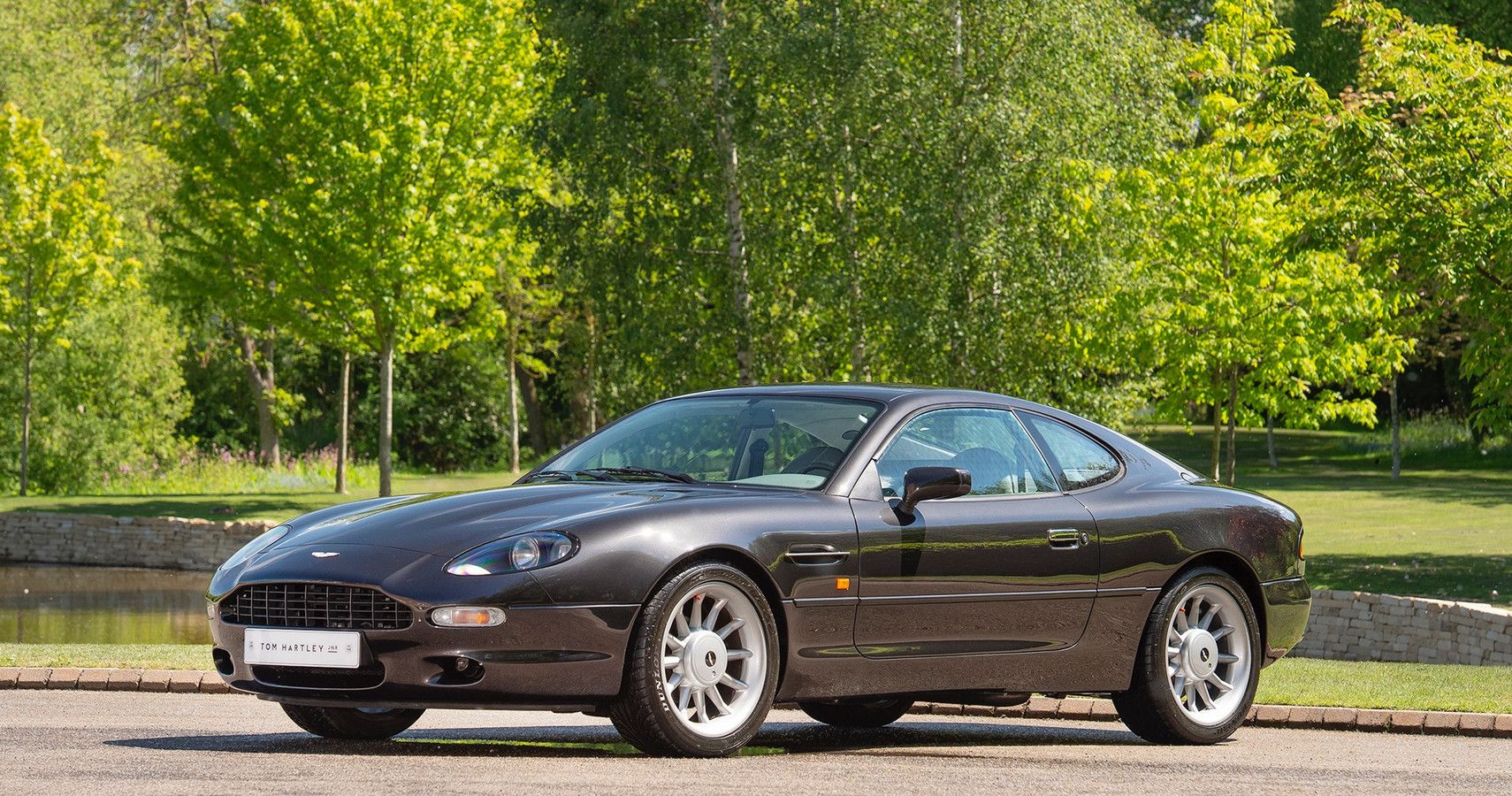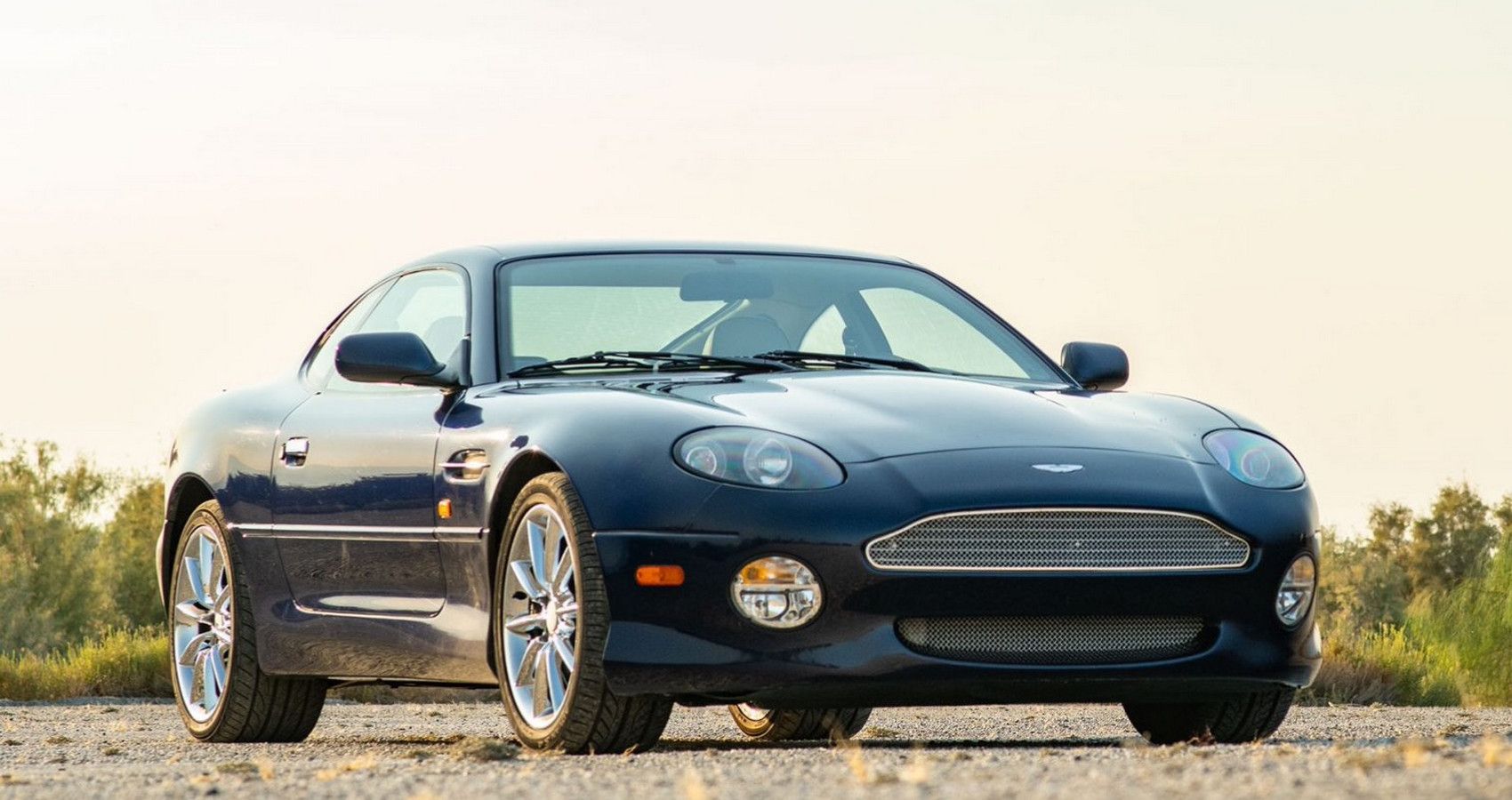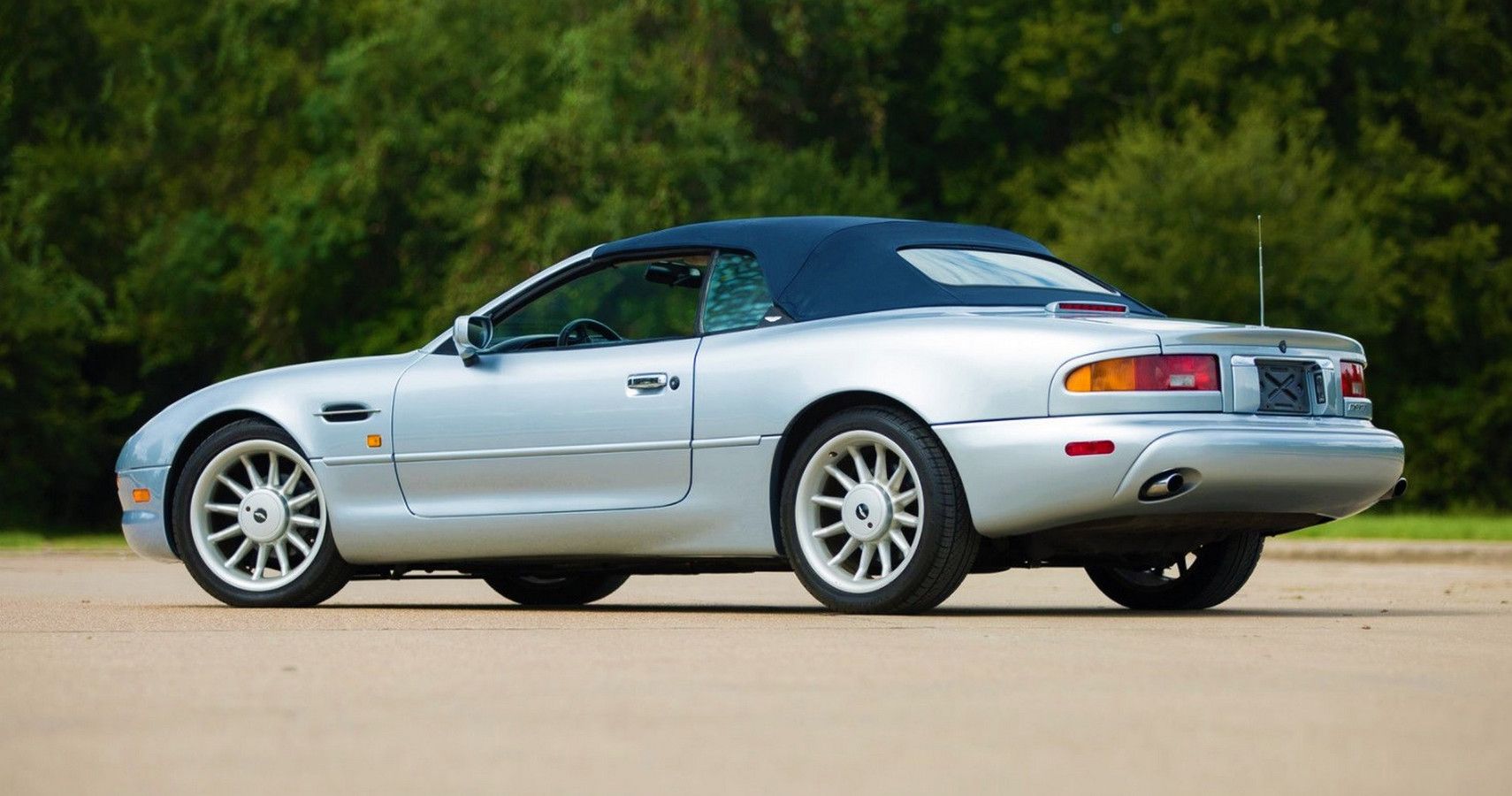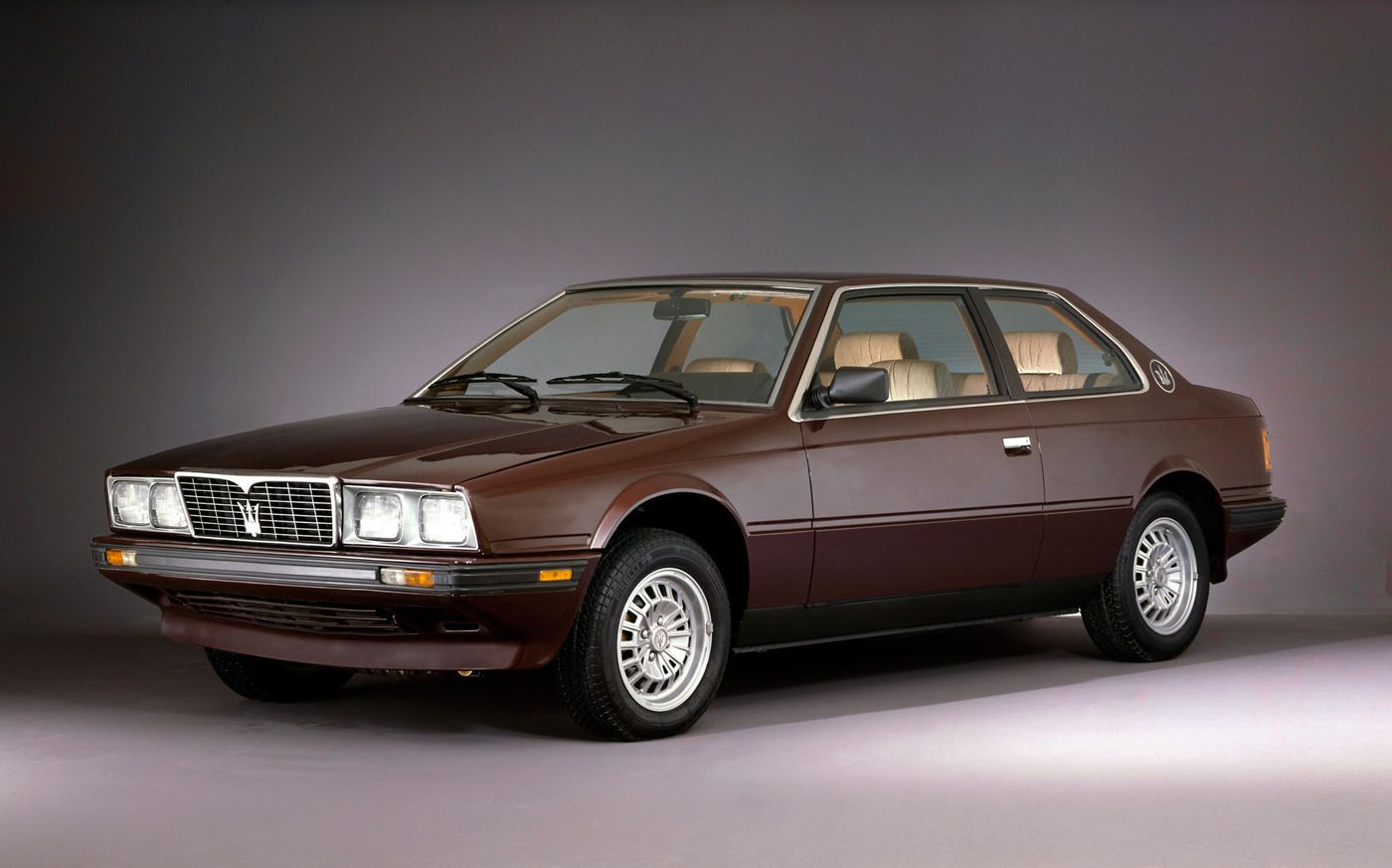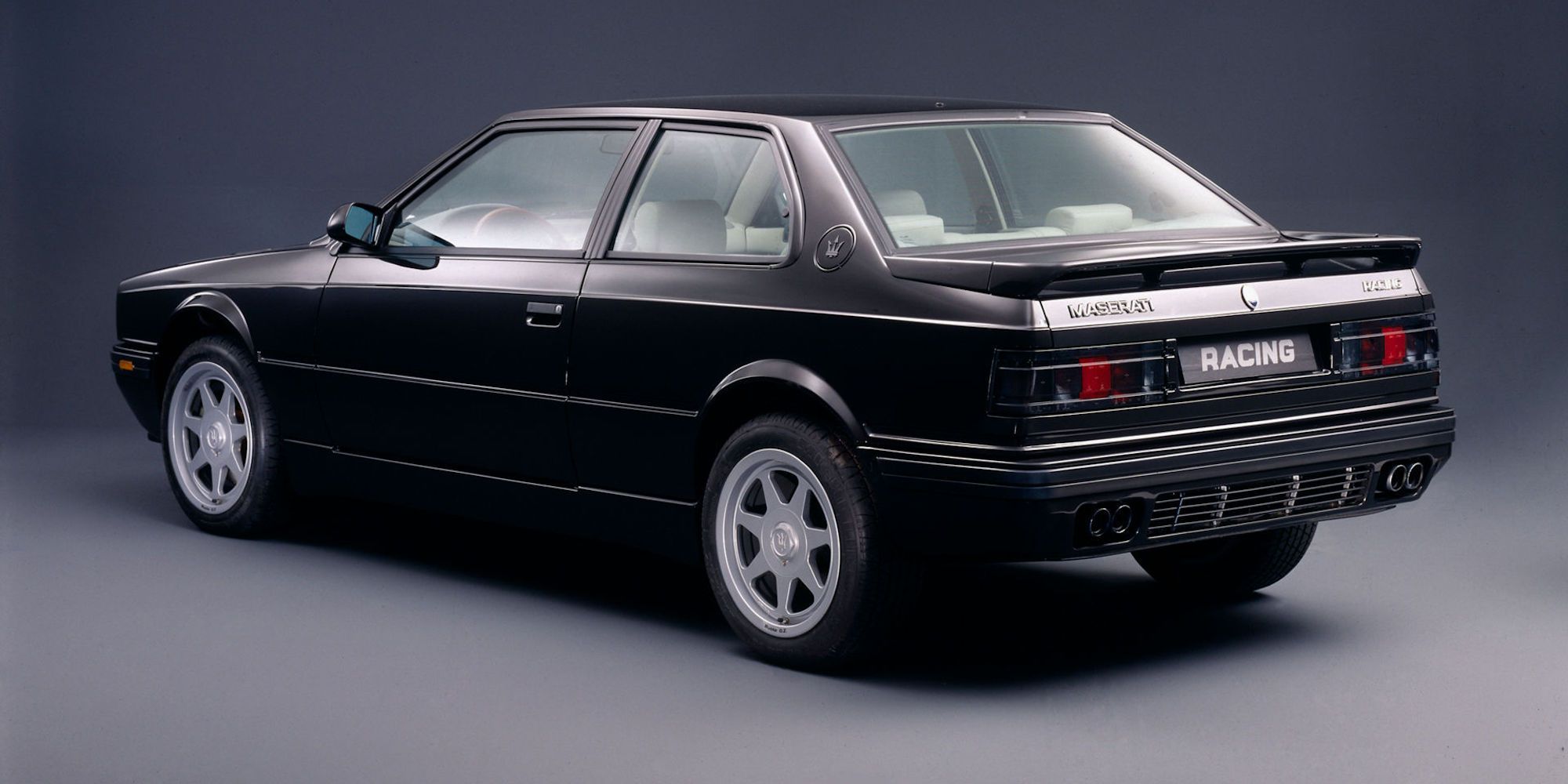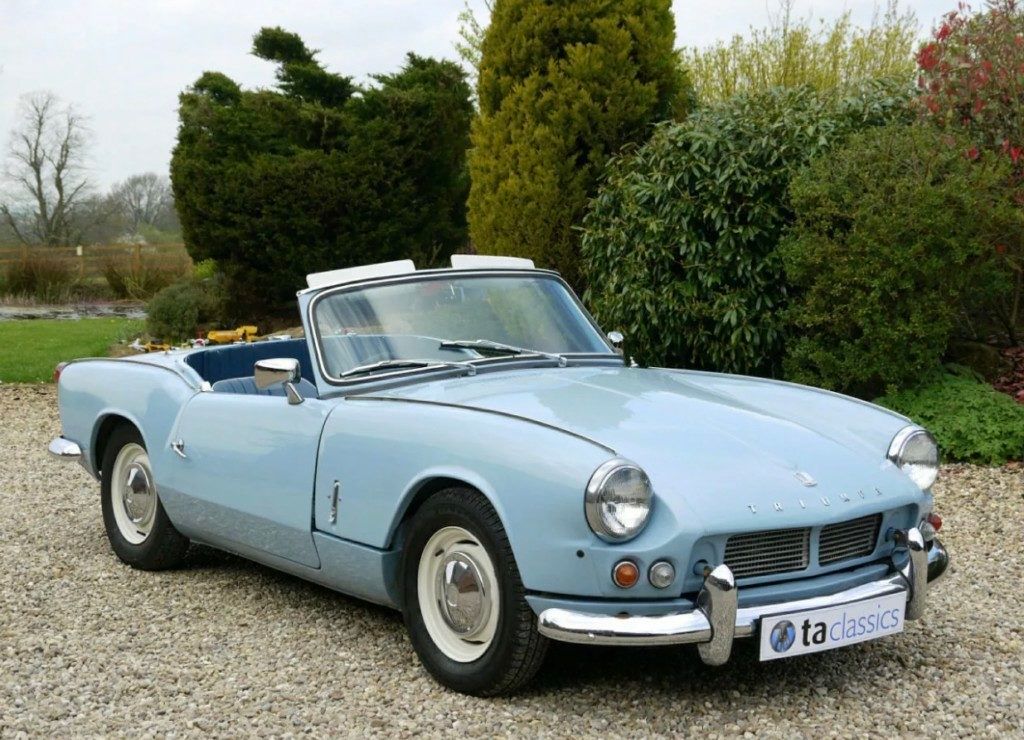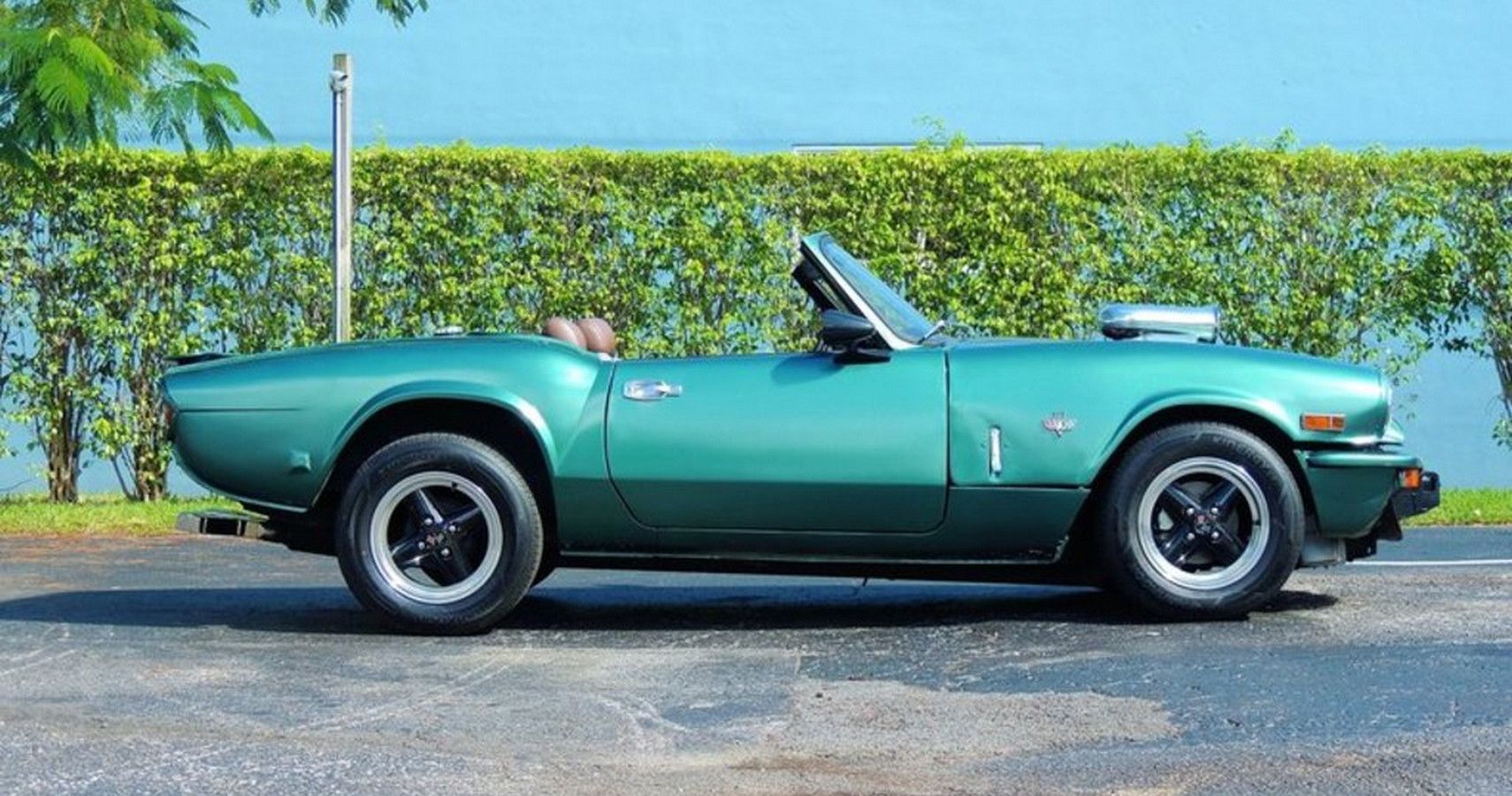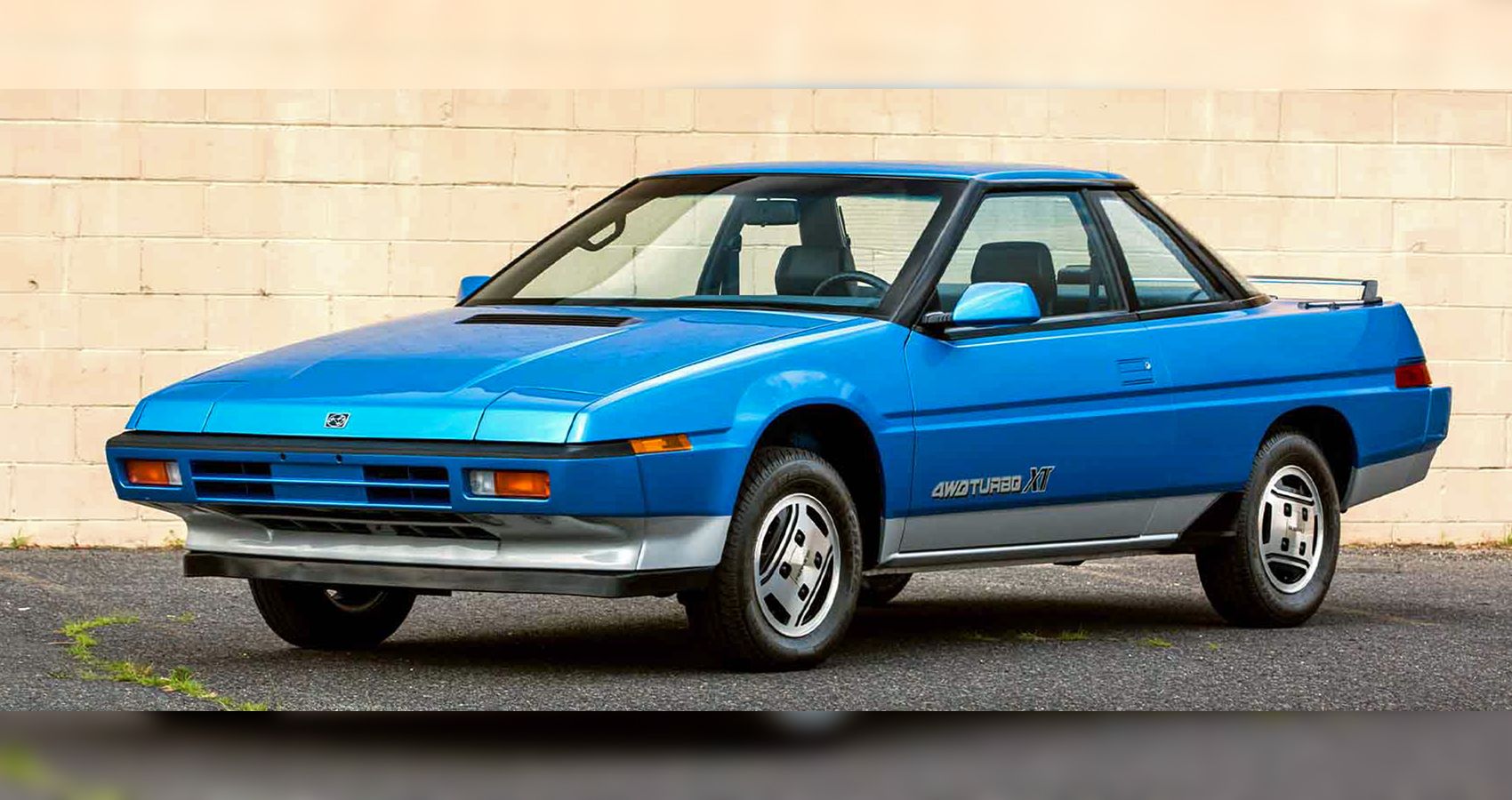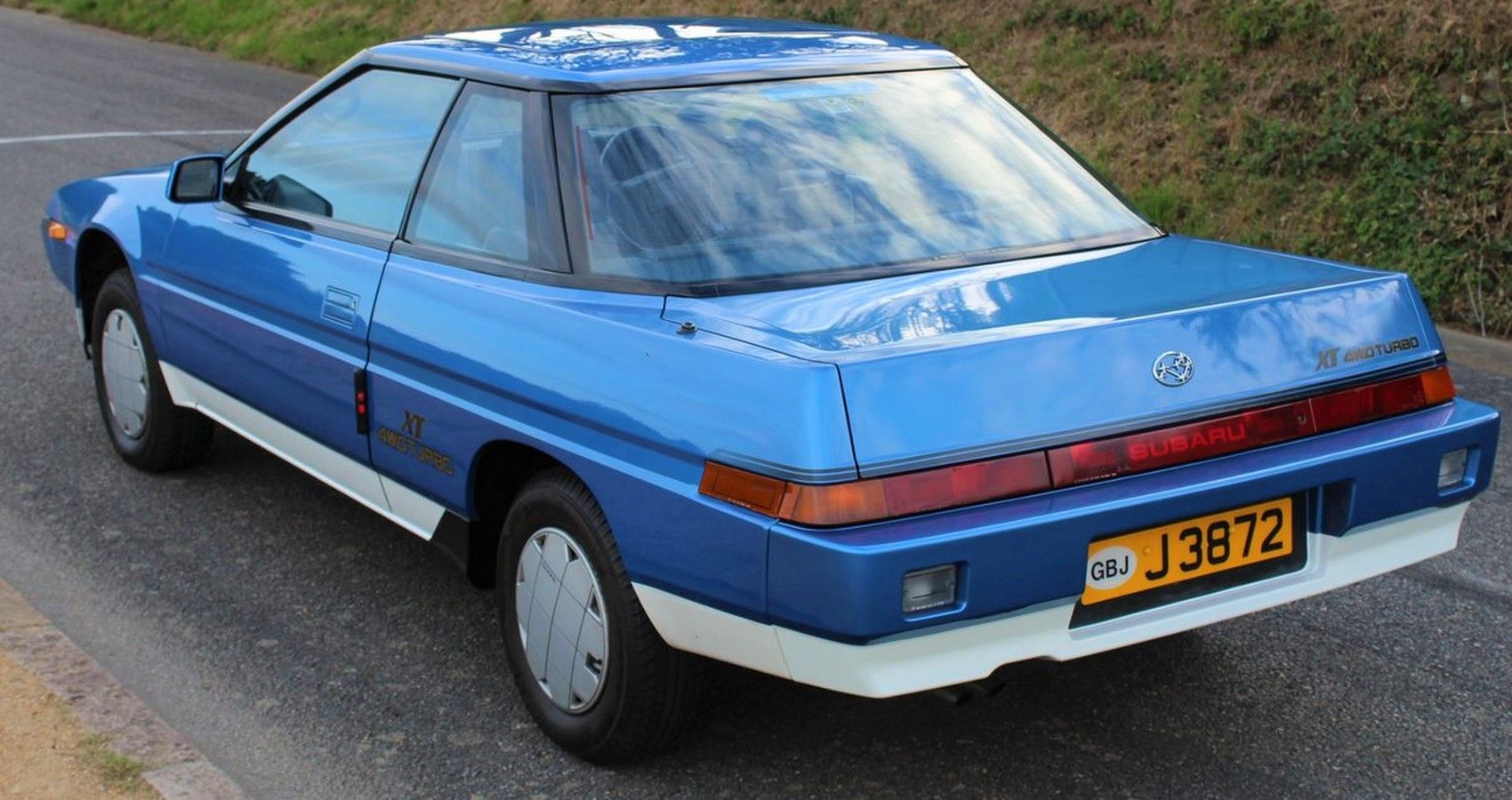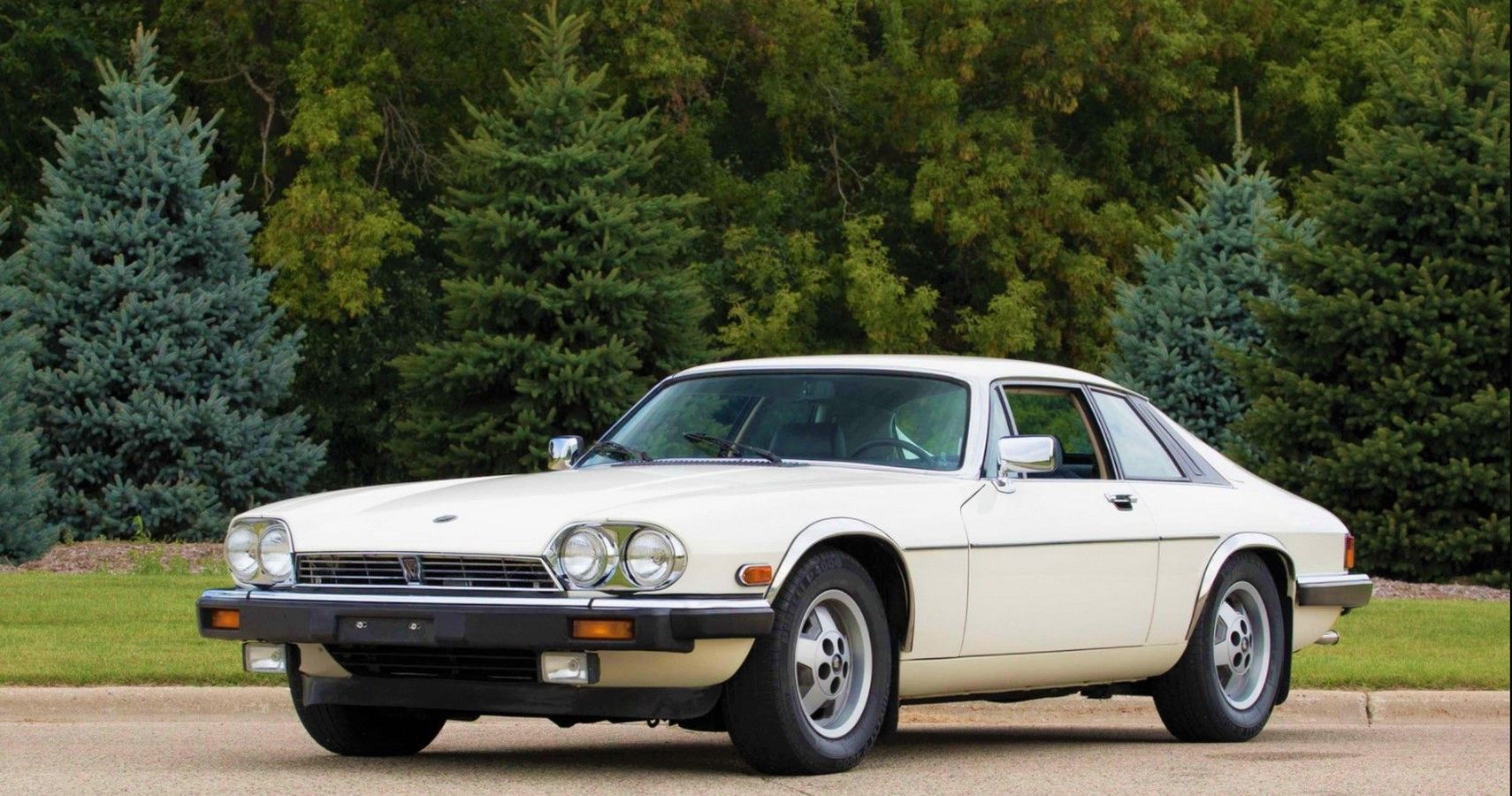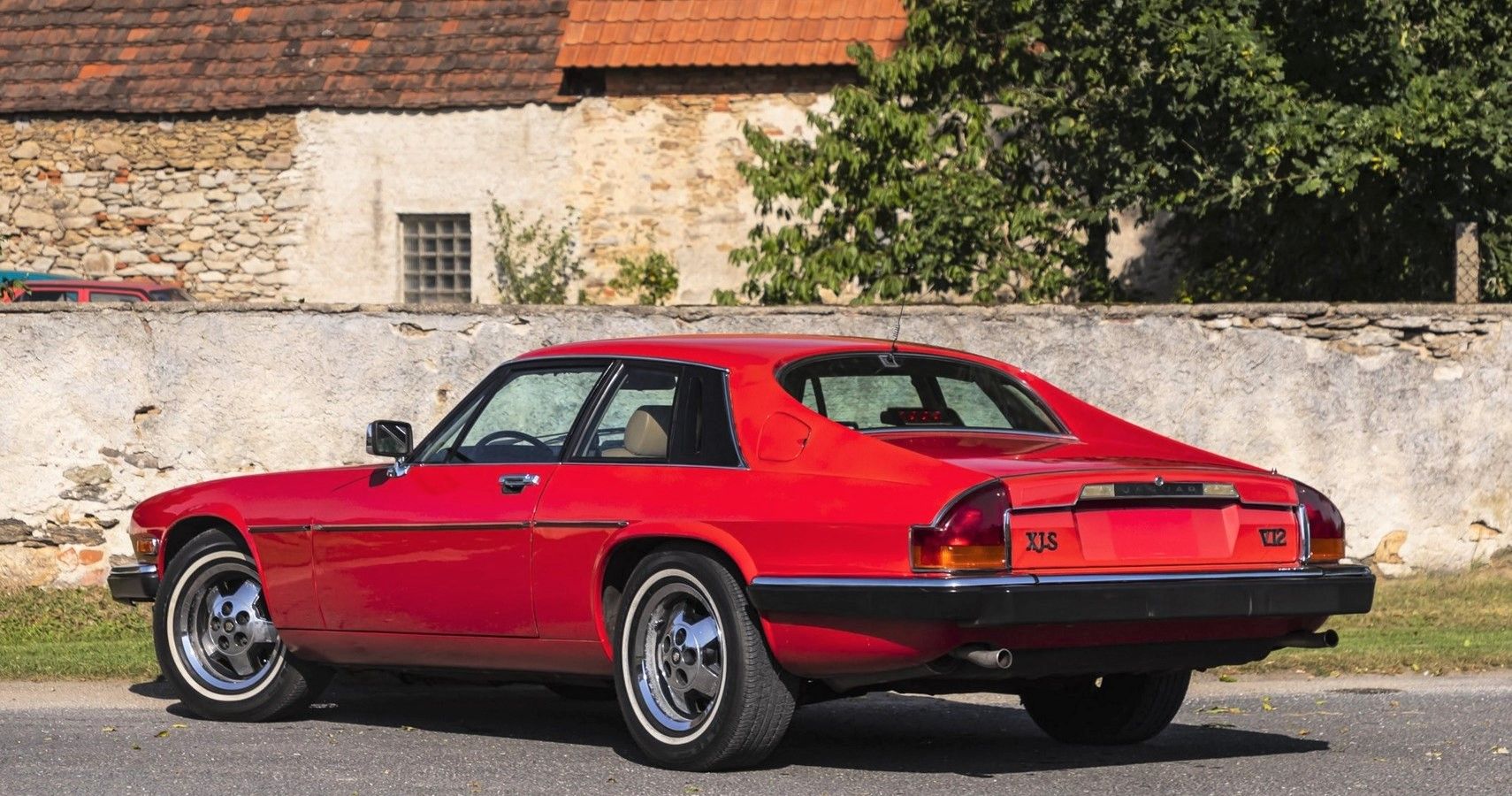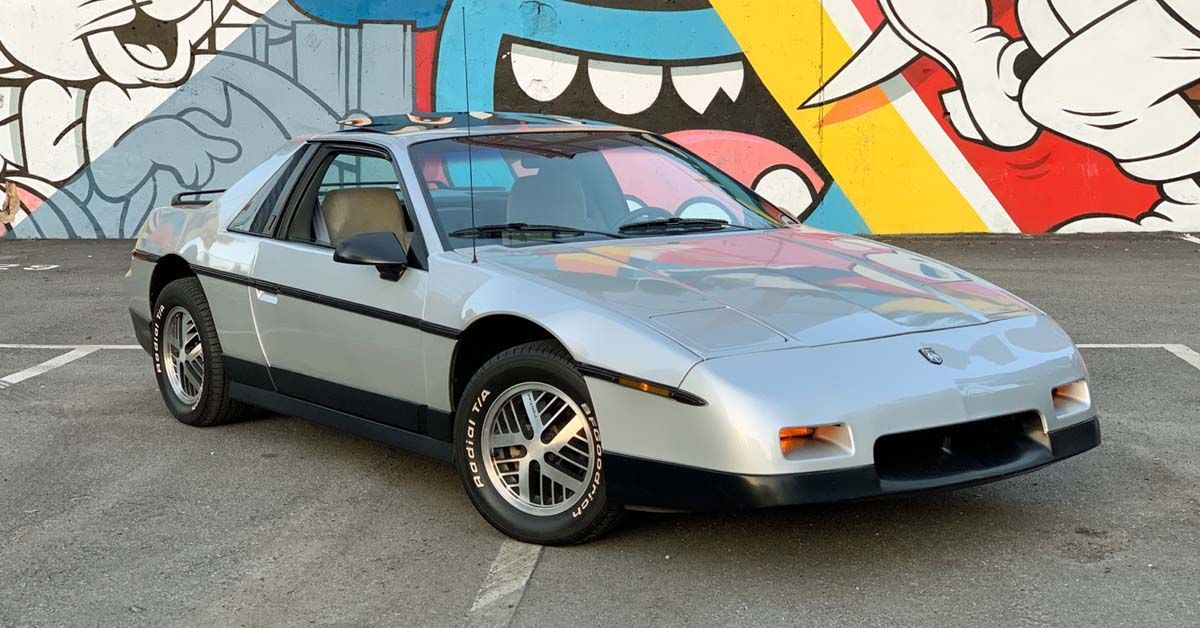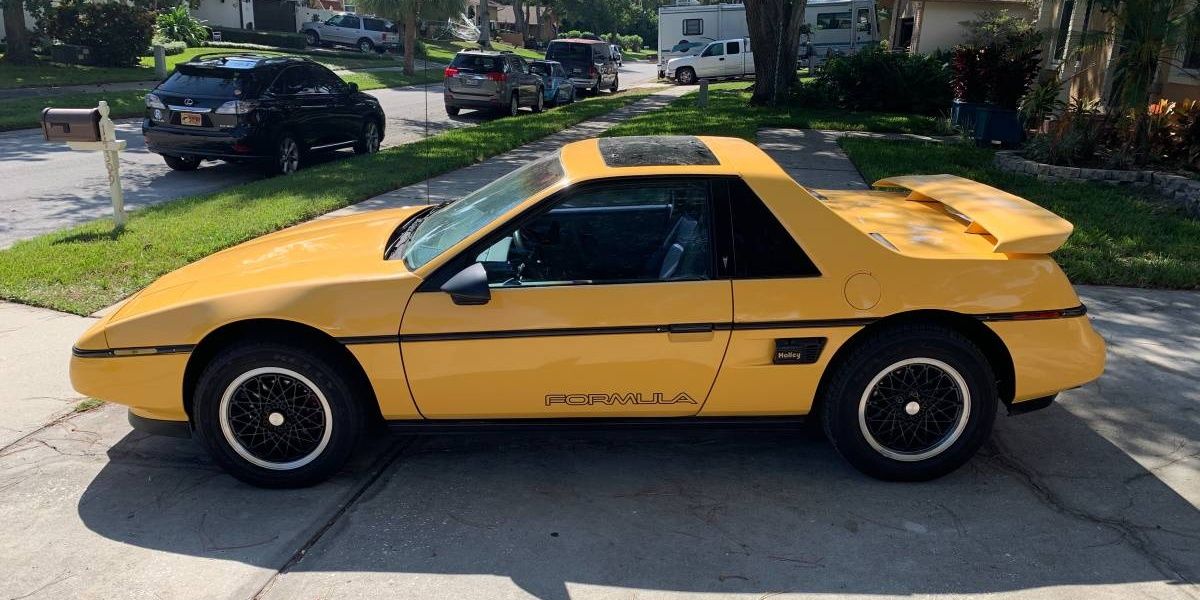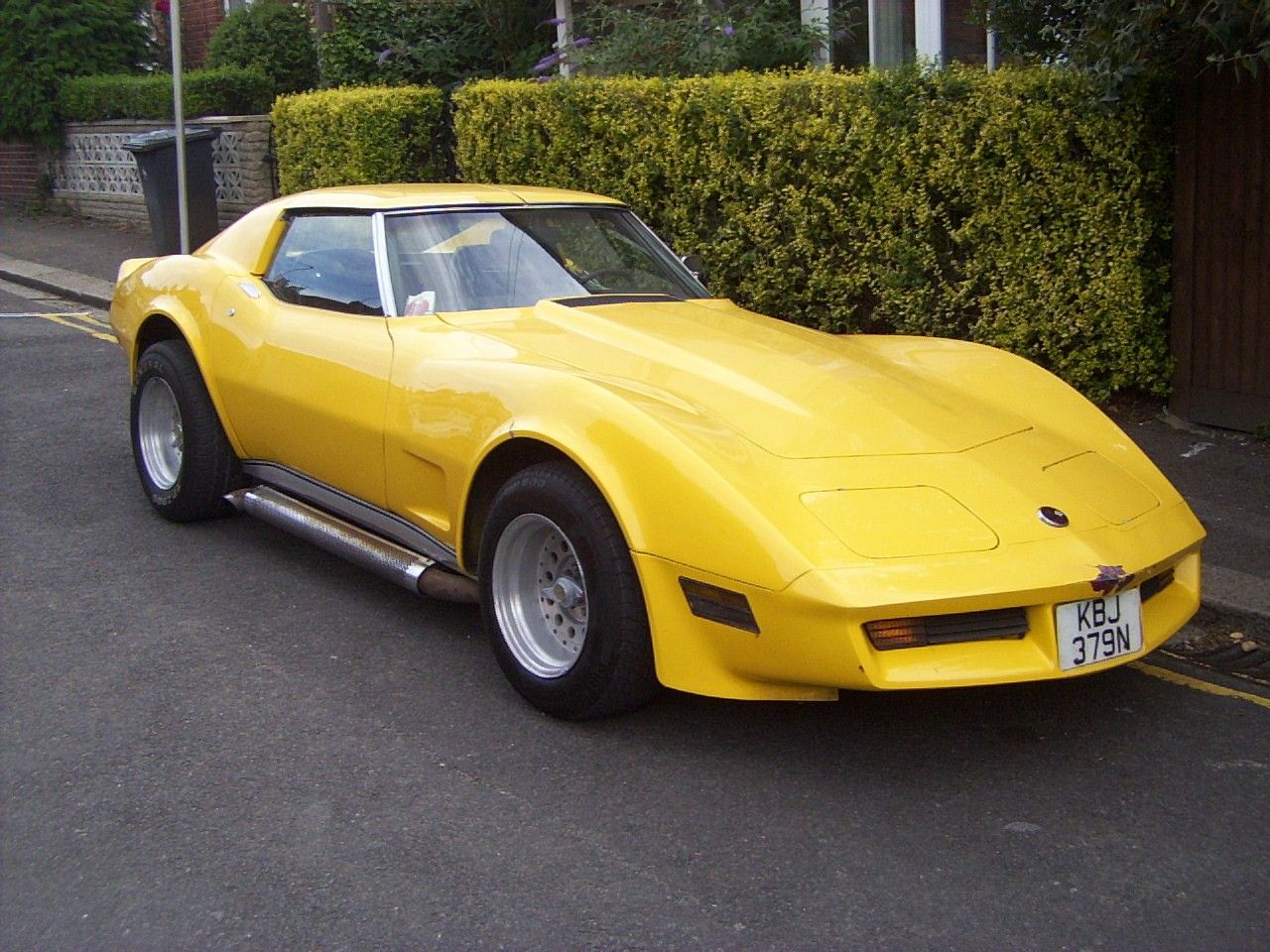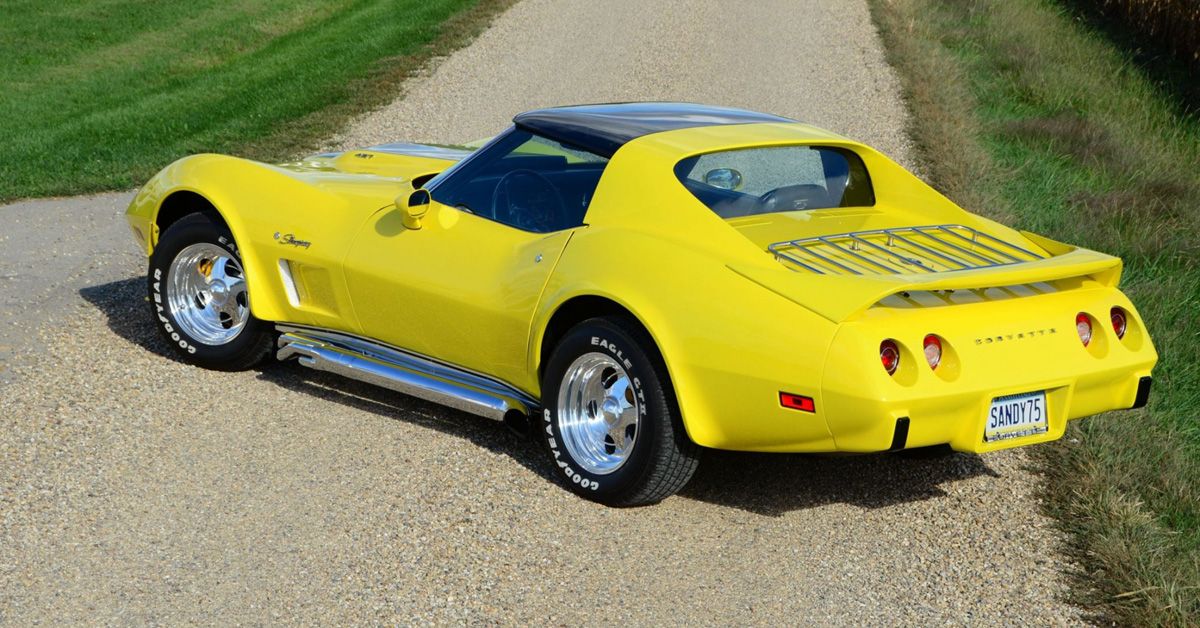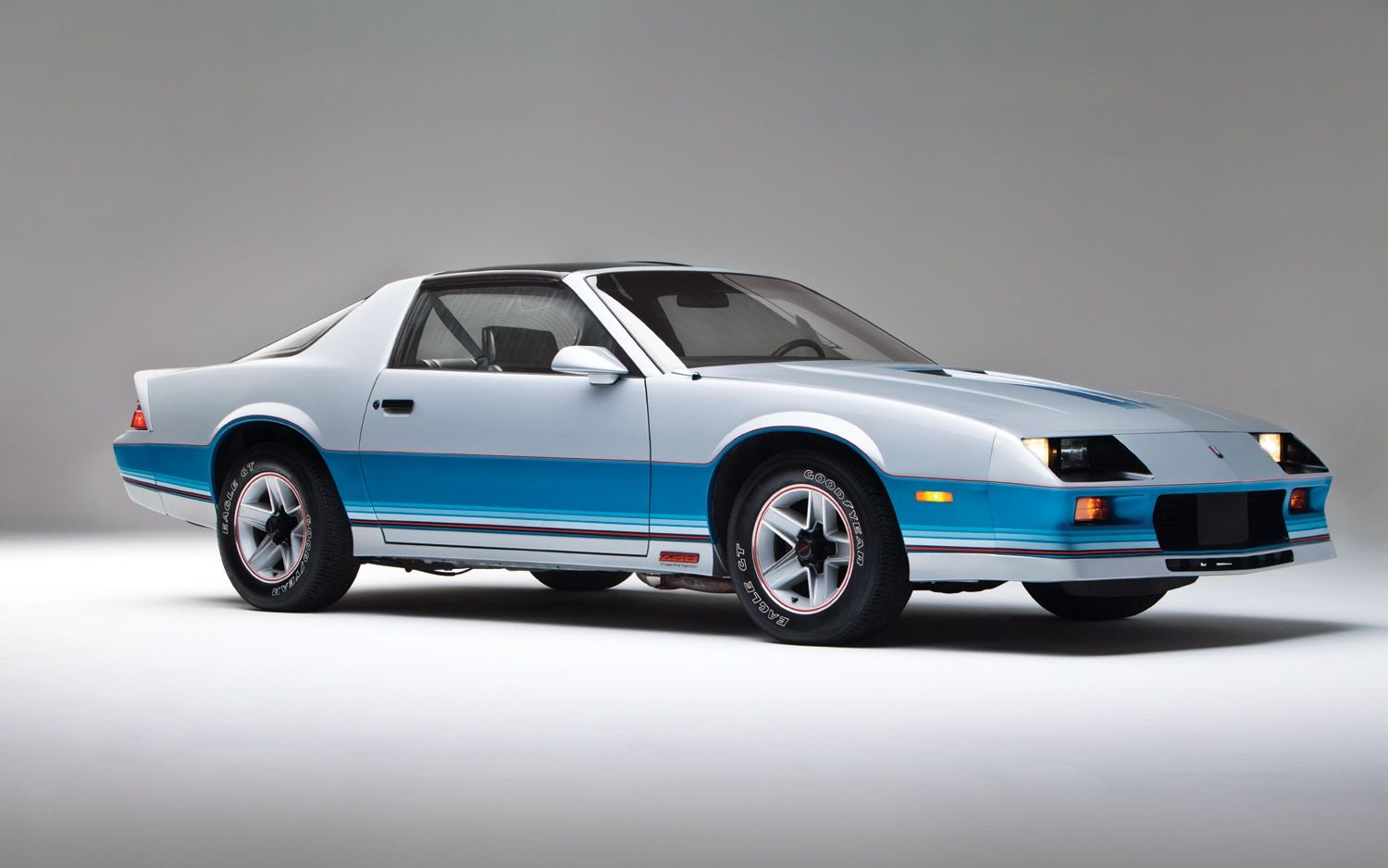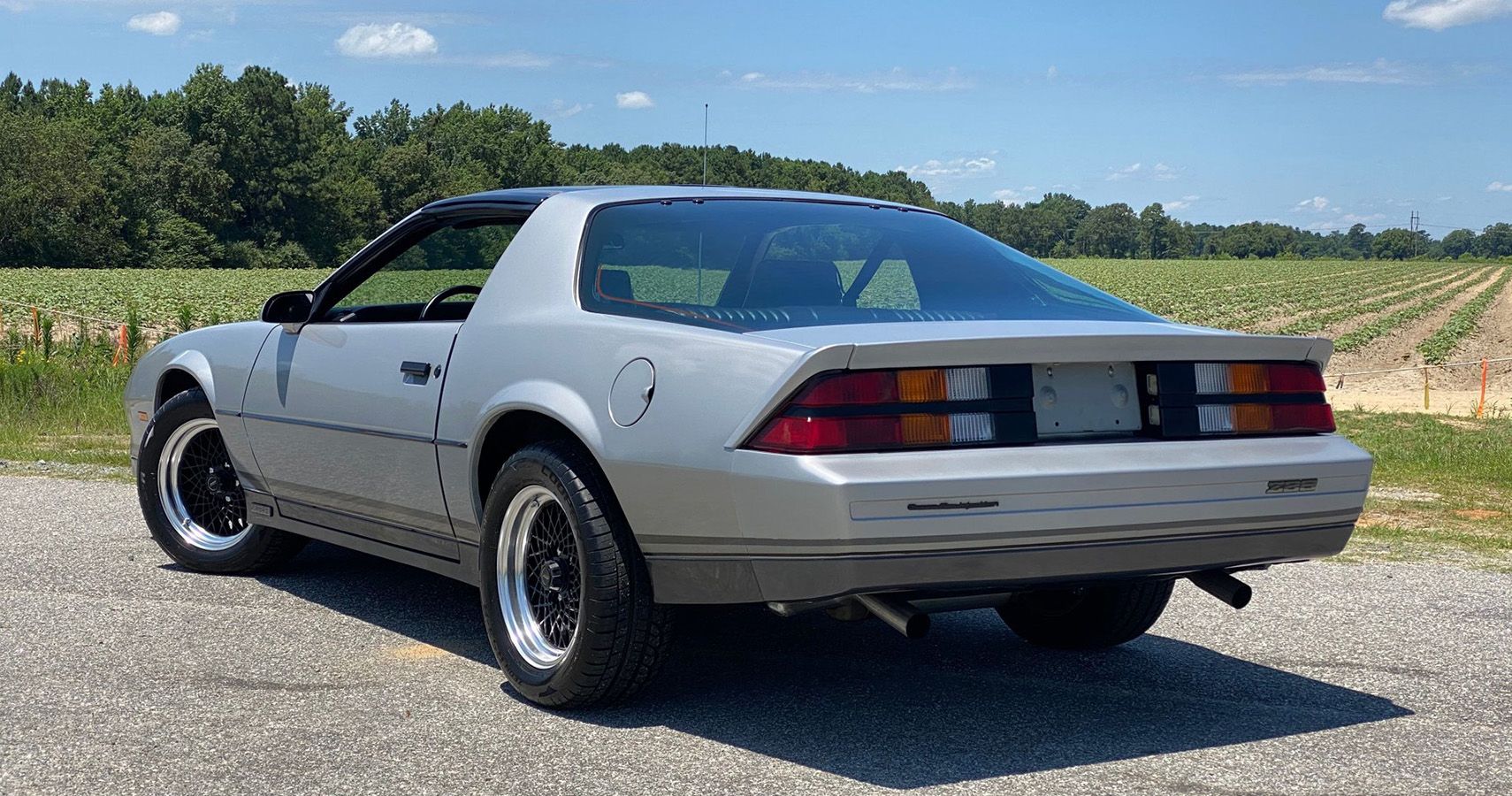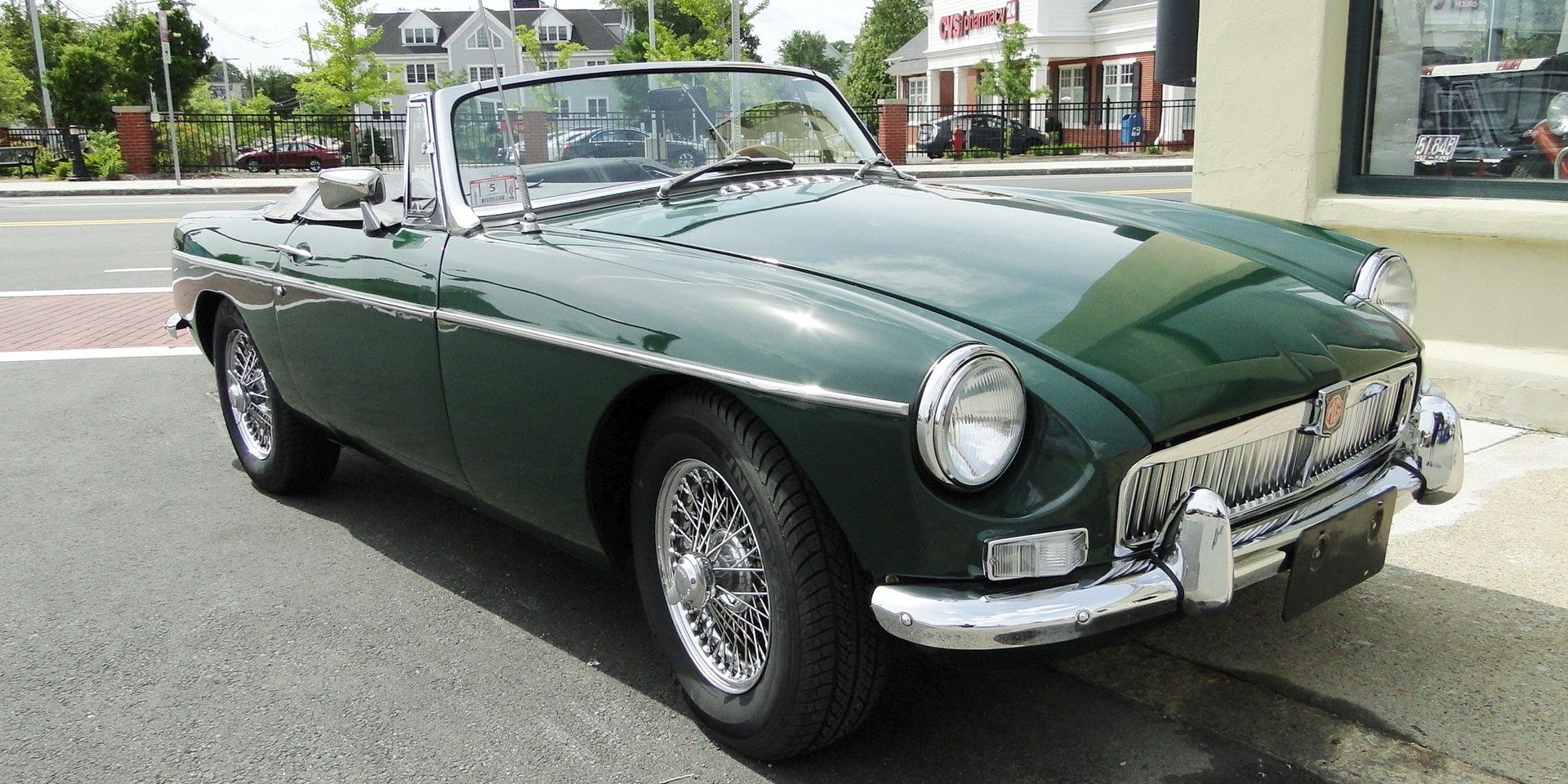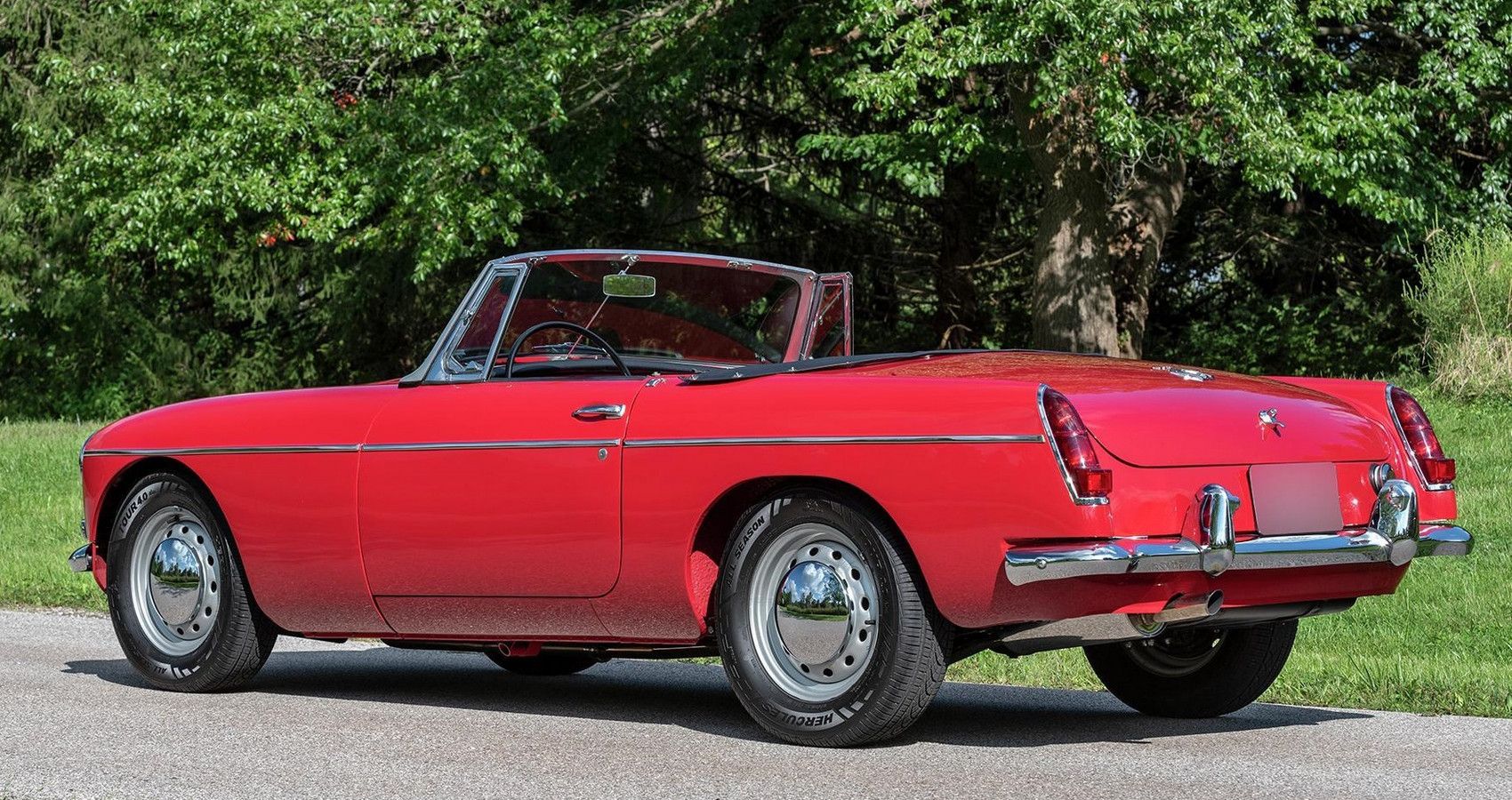There's no denying that modern cars are far more advanced than those of the past. However, many gearheads are still madly in love with classic cars and would choose them over any modern car in a heartbeat. There are many reasons why some gearheads prefer classic cars to modern ones — their timeless designs, raw driving feel, and simplicity are some of them.
Another key reason why we love classics is their prices. Unless you're interested in a rare gem like the McLaren F1 or Jaguar E-Type, you typically have to spend a lot less on a classic car than you'd have to spend on a modern equivalent. However, just because a classic car is dirt cheap doesn't mean you should buy it. This list explores nine affordable classics that every gearhead must avoid at all costs.
9 Aston Martin DB7 - $16,300
Aston Martin typically doesn't build cheap cars, but in the '90s, it was forced to. After Japanese manufacturers started introducing cheap sports cars like the Supra Mk4 and Mazda MX-5, European manufacturers had no option but to build cheaper sports cars, which is why Aston Martin introduced the DB7 as its entry-level model.
While it was the cheapest Aston, the DB7 was still a gorgeous supercar with a massive 5.9-liter V12 under the hood cranking out 414 hp. However, as anyone would expect from one of the cheapest V12-powered sports cars on the market, maintenance costs are extremely high, which is why this car should be avoided.
8 Maserati BiTurbo - $3,400
In the '80s, Maserati wanted to build a new affordable sports car to meet the growing demand. While high-priced models like the Merak and Bora looked great and performed well, they were not earning the company enough money. As such, Maserati went to work and introduced the affordable BiTurbo in 1981.
The Bora was initially popular, mainly because it was the first-ever twin-turbocharged production car. However, the BiTurbo soon developed a reputation for unreliability, leading to a drop in sales.
7 Triumph Spitfire - $6,800
Introduced in the early '60s, the Spitfire is a front-engined rear-wheel-drive sports car that Triumph developed to compete with the likes of MG and Austin Healey in the small sports car market. Gearheads initially loved the Spitfire for its awesome design and the fact that it had one of the coolest model names.
The main reason why the Spitfire should be avoided is its engine. With a 1.2-liter four-cylinder under the hood generating 63 hp, the Spitfire was extremely slow, taking almost 20 seconds to go from 0 to 60.
6 Subaru XT - $3,000
The XT - also known as the Alcyone in Japan - is a two-door wedge-shaped sports car that Subaru built in the '80s. The XT's design was a head-turner, but unlike most wedge-shaped sports cars of the day, it wasn't a pretty sight.
Another problem with the XT was in the power department. Equipped with a tiny 1.8-liter four-cylinder generating a measly 97 hp, the XT was just too slow.
5 Jaguar XJ-S - $7,800
The legendary E-Type will always be considered to be one of the greatest British cars of all time. However, its successor — the awful XJ-S - was not nearly as good. For starters, the XJ-S is not as pretty as the E-Type — not even close!
The other reason why the XJ-S struggled to fill the E-Type's shoes was its performance. Despite having a 5.3-liter V12 under the hood, the XJ-S needed 8 seconds to accelerate to 60 mph and had a top speed of just 143 mph.
4 Pontiac Fiero - $5,900
In the '80s, as the auto industry was recovering from the effects of the Malaise Era, buyers wanted manufacturers to build more sporty and fun-to-drive vehicles. As such, Pontiac decided to build its first mid-engined two-seater sports car since the 1920s, resulting in the Fiero.
The Fiero was almost a winner, largely thanks to its unique wedge-shaped design that made it one of the most beautiful American cars of the day. Unfortunately, it had terrible build quality and was super unreliable. It also had a reputation for catching fire unexpectedly.
3 1975 Chevrolet Corvette - $12,200
When the third-generation Corvette debuted in the late '60s, everyone loved its new design and power. Unfortunately, new emission regulations kicked in during the early '70s, and by 1975, the Vette had lost almost all its power.
The 1975 Corvette was powered by a small-block engine generating 165 hp. This was over 100 hp less than the 1974 Corvette and just 15 hp more than the first-gen Corvette built two decades earlier.
2 1982 Camaro With The Iron Duke Engine - $5,600
In 1982, Chevrolet introduced a new generation of its most popular muscle car - the Camaro. The 1982 Camaro was initially well-received, thanks to its new design that gearheads loved.
Unfortunately, it didn't have the power to match. The base 1982 Camaro was equipped with Chevy's small 2.5-liter Iron Duke four-cylinder engine, generating just 90 hp. This awful car needed around 20 seconds to accelerate to 60 mph, which is embarrassing for a muscle car.
1 MG MGB - $10,000
The MGB is one of those British sports cars that prove that the Brits were the kings of design back in the '60s. It was perfect for gearheads who needed a gorgeous, affordable, and fun sports car, particularly the convertible version.
Sadly, the MGB didn't have a proper engine. It had a 1.8-liter four-pot producing less than 100 hp, enough for a 0-60 of more than 10 seconds. On top of that, the MGB suffers from the rust issues British sports cars from the '60s are known for.

